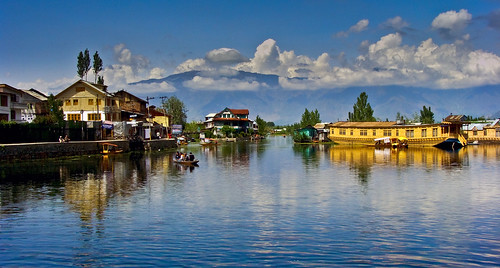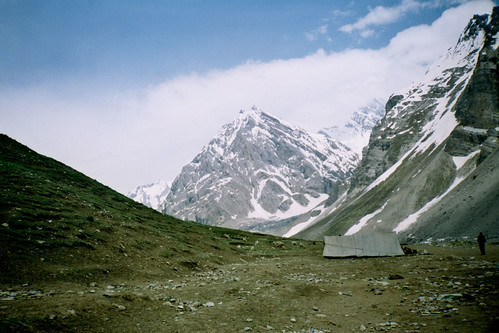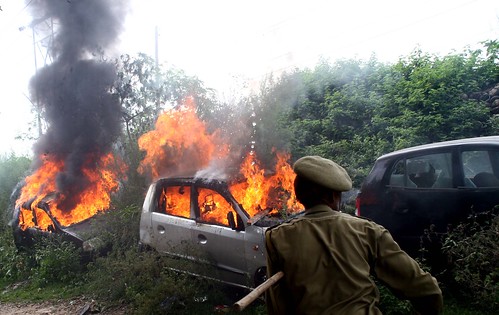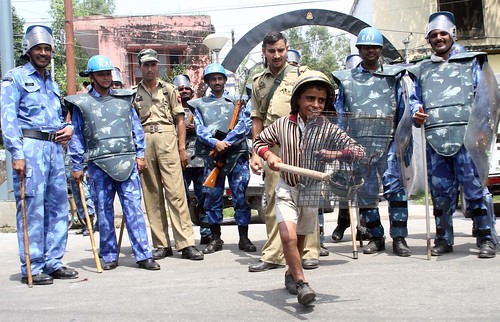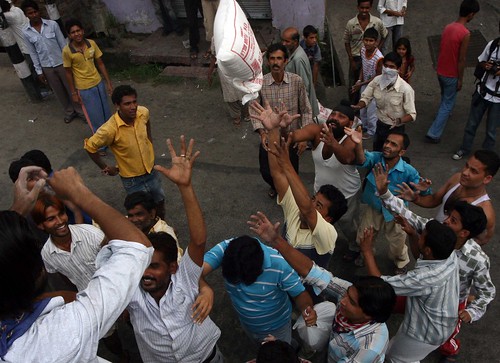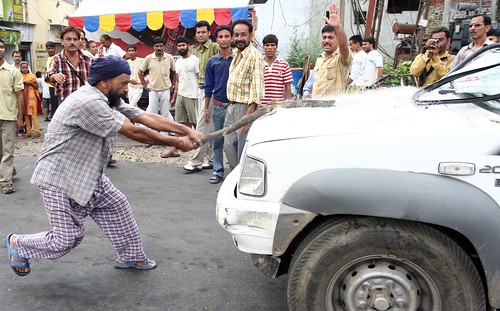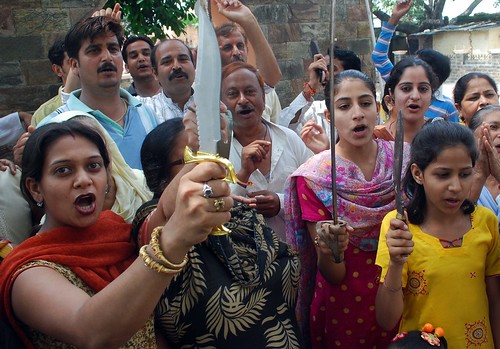Kerala and Jammu & Kashmir are the two states in India famous for houseboats. Houseboats are commonly seen in the backwaters of Kerala. These are large exotic barges used for leisure trips and a major tourist attraction. A typical Kerala houseboat is 60 to 70 feet long and about 15 feet wide at the middle. The hull is wooden and the roof is made of bamboo poles and palm leaves. Most of these are rented out to tourists, and they provide all kinds of facilities, including food and beverages as in hotels.
The houseboats in Srinagar, Jammu & Kashmir, are mostly stationary, in the Dal Lake and Nageen Lake, and rented out to tourists. Some of these house boats have up to three bedrooms, apart from living rooms and kitchens. They provide the unique experience of living in a freshwater lake, in cedar-paneled elegant bedrooms, with all the conveniences of a luxury hotel. About a thousand houseboats are moored along parts of the Dal Lake and Nagin Lake and the Jhelum River.
Like hotels, houseboats vary in the levels of luxury and they have been graded by the Department of Tourism. Luxury houseboats, like a luxury hotels, have fine furniture, good carpets and modern bathroom fittings, while the lowest category houseboats, like low-budget hotels, are cheaply furnished. All houseboats, regardless of category, have highly personalized service. The cost per day of hiring a houseboat includes all meals and free rides from the houseboat to the nearest jetty and back. A standard houseboat provides a balcony in the front, a lounge, dining room, pantry and three or more bedrooms with attached bathrooms. All houseboats not moored to the bank of the river or lakes provide a Shikara as a free service from the houseboat to the nearest jetty.

